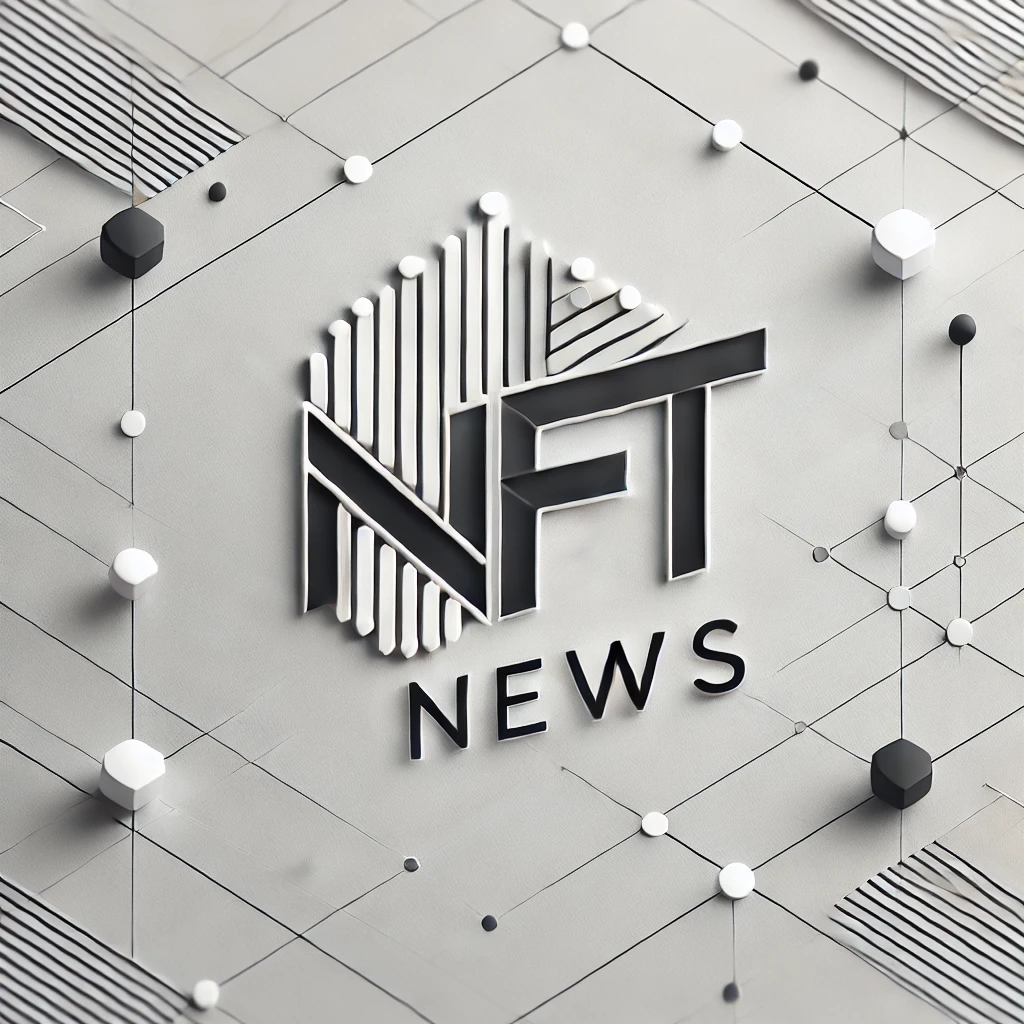The following article is written by Laurent Benayoun, CEO of Acheron
Algorithmic trading or “algorithmic trading” has quickly established itself in the financial landscape, especially in the volatile and fast-paced cryptocurrency market. While often viewed as the domain of high-frequency traders with deep pockets, algorithmic trading at its core is about automating trading strategies to create a more systematic and unbiased approach. The crypto market has proven to be an ideal playground for these strategies due to its 24-hour performance, high volatility and rapid evolution, but misconceptions persist.
While many assume pattern trading is synonymous with high frequency trading (HFT), it is actually a broader category. In fact, algorithmic trading is responsible for it Approximately 60-70% of the total trading volume In developed markets, a significant portion of trading is automated to replace human inconsistencies with disciplined, data-driven decisions. An algorithm may follow simple rules, such as moving average crossovers or more advanced forecasting models, strategies that bring accuracy and structure to trading decisions in a market that never stops.
Despite its strengths, algorithmic trading faces challenges: the biggest of which is the need to adapt to unpredictable market changes and rapidly changing technologies. However, its potential is huge: the size of the global algorithmic trading market was valued at approx 17 billion in 2023 and is expected to reach $65.2 billion by 2032.is steadily growing as both retail and institutional players adopt these technologies. This growth demonstrates the potential of pattern trading to facilitate faster and more informed trading while democratizing access to trading strategies previously reserved for institutional players. By addressing these challenges and dispelling myths, we see how algorithmic trading will make cryptocurrency a more accessible and flexible landscape for all types of traders.
Algo Trading is not just for big players
A common misconception is that pattern trading requires significant infrastructure and data resources, making it exclusive to those with deep pockets. While high frequency trading can really benefit from advanced technology, most algorithmic strategies can be implemented with basic tools. Many algorithms today don't focus on speed, but on simple functions like the dollar cost averaging strategy to achieve a multi-second advantage.
Dispelling the myth that pattern trading is limited to the super elite is critical in expanding access to these strategies for all traders. This is especially true in cryptocurrencies, where algorithmic trading is up to the mark 80% of the daily trading volume in some large exchangesmaking it an effective tool for interpreting and responding to real-time changes unique to this market.
In crypto, for example, we see the clear effects of influential voices, whether it's Elon Musk's tweet about Dogecoin or regulatory announcements that send shock waves across the market. Some traders use natural language processing (NLP) to score the sentiment of social media posts and press articles and assess whether a statement is positive or negative. By doing this, algorithms can react faster than any human and take positions that align with anticipated market sentiment. But while these models can be incredibly powerful, they should be used with caution, as their reliance on “crowds” can sometimes fuel irrational market movements.
Additionally, with machine learning, algorithms can be trained to identify market patterns, which can then inform trading decisions. But machine learning is not a “set it and forget it” solution. This requires constant refinement and adaptation, especially in a market as dynamic as digital currencies.
There is no doubt that algorithmic trading has distinct advantages over manual trading in terms of speed, scalability and stability. Algorithms don't tire, aren't swayed by sentiment, and can execute trades 24 hours a day, qualities that are invaluable in the fast-paced world of crypto. However, manual trading still has an important place, especially in long-term strategies or scenarios that require human judgment and flexibility.
A common myth is that patterns always outperform manual trading, but this is not the case. Rather than replacing traditional approaches, algorithmic trading works best as a supplement to them, combining the efficiency of automation with the insight of human experience.
Organizational tools for all traders
One of the most exciting developments in the pattern trading landscape is the increased availability of tools such as NLP and ML. Today, even relatively simple strategies, such as setting an automatic buy order when a particular asset reaches a predetermined price threshold, can be implemented with minimal programming knowledge.
This democratization allows retail traders to engage with tools previously reserved for large institutions, fostering a more level playing field and enabling a wider array of market participants to compete and execute their strategies.
As the crypto market continues to grow, algorithmic strategies must evolve along with it. Trends like memecoins require traders to have a flexible pattern. New regulatory frameworks, such as MiCA in Europe, also add complexity, as market compliance and adaptation becomes increasingly necessary. Innovations such as new decentralized exchange mechanics are also likely to influence trading approaches going forward.
More flexible market with algo trading
Finally, pattern trading contributes to a more flexible market, so that information is more efficiently incorporated into prices and trading decisions are more systematic. Retail access to these tools also fosters a diverse market.
Moving forward, responsible model trading can drive growth and flexibility in digital asset markets, making cryptocurrencies the future of finance.





